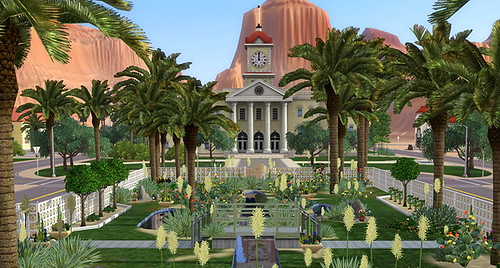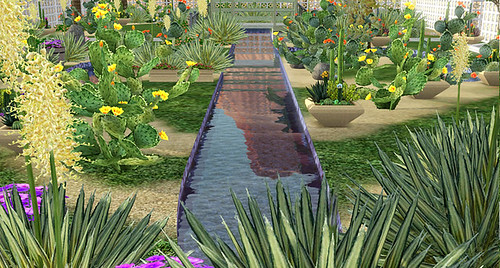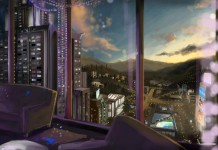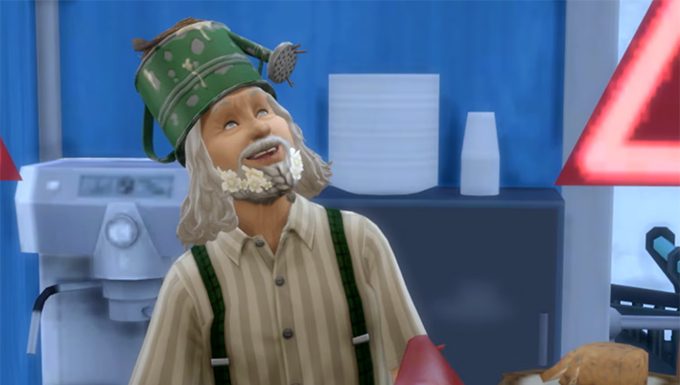- Advertisement -
Via The Sims 3 Community Blog
Rebecca Shearin is the LeadArtist for the World Building team and our expert on modeling trees using theSpeedTree program. Lucky Palms is the first world from The Sims 3 Store to shipwith new trees. Rebecca, can you tell us about crafting the iconic desert florafound in Lucky Palms?
Trees! We love making trees! All of the trees we create forThe Sims 3 worlds are made using SpeedTree software, with just a few exceptions.Working within the limitations of the software and our game code presents manychallenges. Building assets for run-time games is no picnic. Vert counts, drawcalls, and texture size are the main areas of concern.
When building a tree, we first do research to see what kindsof plants are appropriate for the world we are making. We then gather photo referencesto use as a guide throughout the process. This is my favorite task! Whileresearching, you learn about flora from different regions and climate zones andsometimes the discoveries made during the research phase end up influencing andeven changing our earlier choices.
Because SpeedTrees come rigged for animation, all trees mustbegin from one of the many library files provided by SpeedTree. We don’t want ourtrees to look exactly like those from the library, so we alter both the modeland the textures to make them more unique and similar to the tree that we arereferencing from the photos we gathered. Some of the trees end up lookingnothing like the library model we began with, such as the fantasy trees andplants made for Lunar Lakes, which were loads of fun to concept and create!
The Joshua Tree proved to be the most challenging tree Imade for Lucky Palms, but it also turned out to be my favorite. Keeping thevert count within limits and getting the branches to ‘behave’ were the mostdifficult tasks for this particular tree. Here’s an image of the SpeedTree Joshua tree (left) and what it lookedlike after modifications (right):
Altering the model is more challenging than changing thetextures. It is not a simple matter of pulling verts around or deleting oradding a polygon or two (neither of which can be done directly).
Before we get too far into modifying the library tree, thebottom of the trunk must be rounded off to avoid the appearance of a hole inthe bottom of the tree or a flat root base that protrudes awkwardly when a treeis placed on a slope.
After making some of our modifications, we look at the treein the world environment and make any necessary adjustments. In addition to assessing hue and value, weexamine the tree’s overall scale and assign it a variation parameter to determine the difference in size betweenthe small and large versions. Players can select their size in order tofacilitate placement.
Trees and plants play a big part in creating uniqueenvironments. They help set a mood and provide opportunity to add depth andcolor. Trees help tell the story. That’swhy, despite the time and effort, we love making trees!













